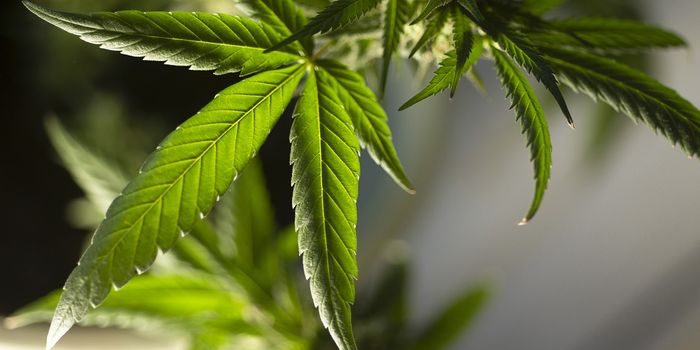One of the main health claims for marijuana is its ability for treating pain associated with rheumatoid arthritis (RA). If marijuana acts to alleviate symptoms of rheumatoid arthritis, it begs the question of whether or not the body's own endocannabinoid system (ECS) is involved somehow. RA is a form of inflammatory joint diseases. It is an autoimmune disorder, in which the immune system releases inflammatory proteins in the joints. These proteins include cytokines, chemokines, nitric oxide synthetase, and various other metabolic by-products of arachidonic acid. This last molecule leads to the production and release of endocannabinoids (EC).
Source: pexels.com
So, we know that ECs are involved in the inflammatory response, but what is their role there? It is interesting that, while phytocannabinoids (THC and cannabidiol [CBD]) appear to alleviate pain, ECs are released in the inflammatory response. Furthermore, they are elevated in the synovial (joint) fluid of arthritic patients. This can be a little bit of a head-scratcher (why would ECs be increased in the inflammatory response but THC and CBD can relieve inflammation?). However, we must remember that the ECs could be to serve a different purpose. They may be there to decrease the effects of the other proteins initiating and maintaining the inflammation and pain.
That's right, the ECs may be there to alleviate the pain that accompanies inflammation. The presence of elevated ECs in synovial fluid of RA patients may be there to counteract the inflammation and pain, but due to some pathology of RA they are unable to do so. Several pieces of evidence support this. In pre-clinical models of RA in rodents, the synthetic cannabinoids, WIN55212 and CP55940, have been shown to reduce the amount inflammatory molecules which decrease acute inflammation and pain in arthritic joints.
Source: pexels.com
ECs and synthetic cannabinoids are better painkillers when combined with two common NSAIDs; indomethacin and flurbiprofen, in treating pain. These mechanisms may occur through the activation of CB1 or CB2 receptors. When CB1 receptors were blocked in rodents the animals no longer received pain relief from acetaminophen (e.g. Tylenol). CB2 receptor activation by the cannabinoid CBD has also seen some promise for reducing pain, especially in neurotropic pain. However, ECs, such as anandamide, can also act to decrease inflammation through mechanisms that do not involve the classic CB1 and CB2 receptors. This just goes to show how complex and amazing the ECS really is! Okay, back to the subject.
The ECS is thought to mediate homeostasis. That is, keeping physiological systems in balance. This goes for pain too. Although you may not appreciate it, the ECS (as well as other hormones, such as endorphins) are counteracting various forms of pain being experienced by the body. Through some pathology, this ability is lost in the synovial fluid of joints. This may explain why THC or CBD can relieve pain in pathological conditions, such as RA or neuropathy. If there is some lack or inefficiency in the ECS's ability to decrease inflammation, then perhaps exogenous cannabinoids (THC, CBD, or some synthetic form) can make up for the deficit. For a more detailed explanation, I highly recommend that you copy and paste the link below for a video. Get your science hats on!
https://youtu.be/PbnrRoceybk
Sources: International Journal of Rheumatoid Diseases, Journal of Cellular Biochemistry, Clinical and Experimental Rheumatology, Arthritis and Rheumatism, Arthritis Research and Therapy, Therapeutics and Clinical Risk Management, European Journal of Pharmacology Brain Research Reviews, Nature Neuroscience, YouTube.com










